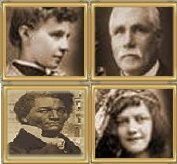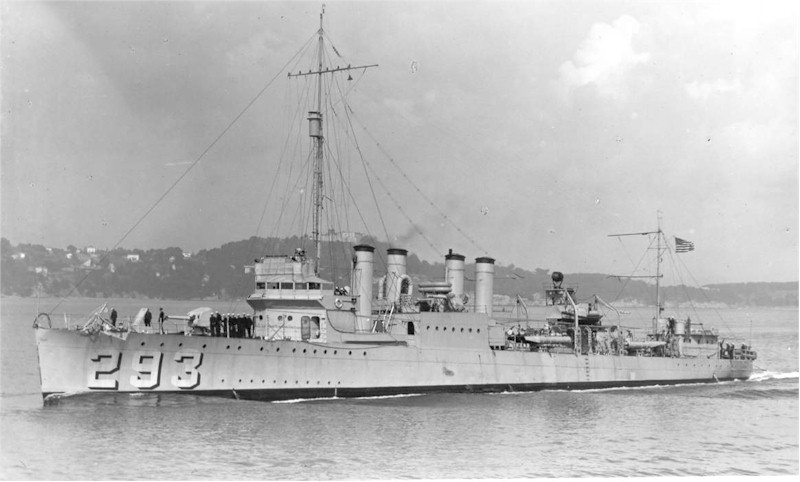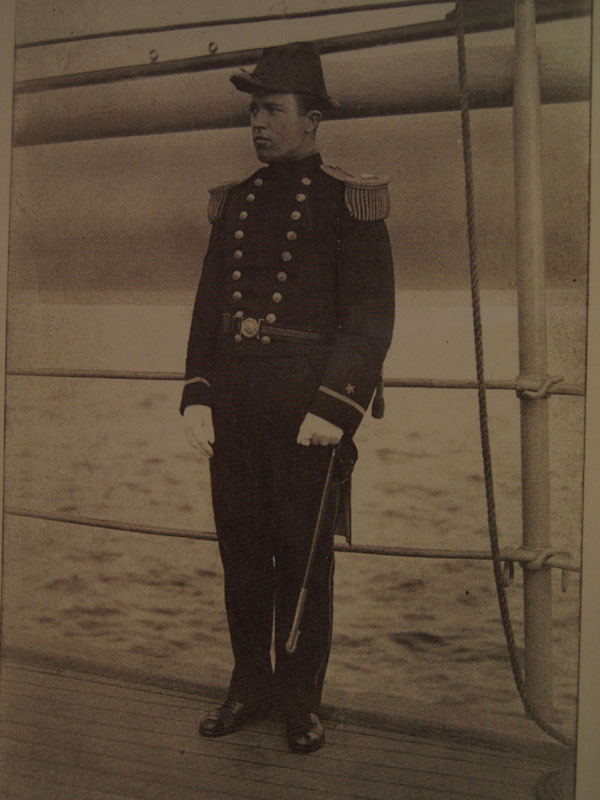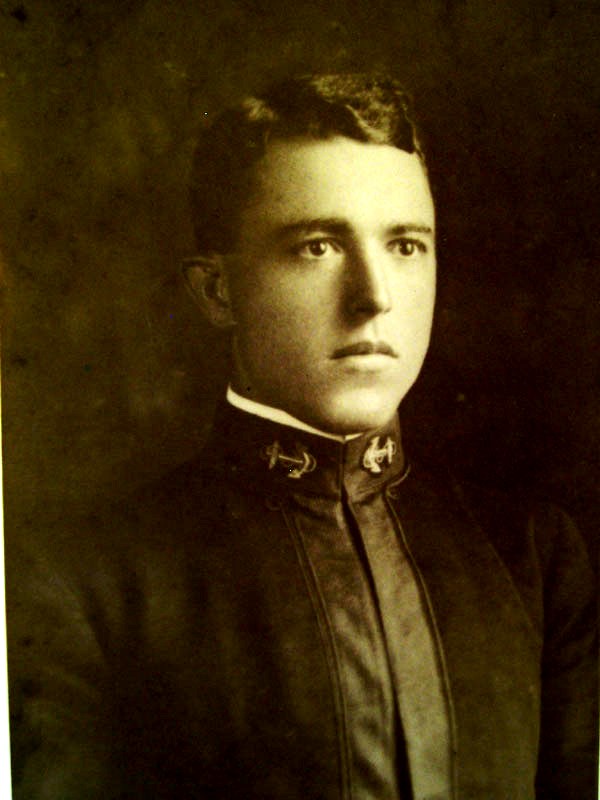Menu
County Neighbors
biographies & photos...Biographies and Photos of Carroll County Ancestor
|

|
|
|
|
Biography ofWILLIAM DEVOTIE BILLINGSLEYEnsign, United States Navy Aviator (click for a good story about Devotie Billingsley on website run by Dr. Cooper.) (There is a lot of info on him (Devotie Billingsley) in Naval archives, and some on the 'net, but Dr. Cooper's site is very good. Devotie is buried in Winona, where many of his family still live. His father was also named William Devotie Billingsley, and was Sheriff of Carroll County at the turn of the century, then a banker and farmer in Winona, with a 1,000 acre farm outside of town. The family goes back a ways in that area. You're welcome to run his photo, my story and a link, if you think it's worthwhile. He was one of Carroll County's military pioneers in aviation.- Paul Shaw)
William Devotie Billingsley, a native of Winona, Mississippi, was the first Naval aviator killed in the performance of duty. My grandmother, Alma Billingsley Shaw, wife of Oliver A. Shaw of Winona, lived in Winona for the first part of her life. She had several brothers and sisters, one of whom was Devotie. Here is what I remember from family stories, and from Navy archives. Shortly after graduating from the Naval Academy, Devotie entered the new Navy flying program and reported to the Aviation Camp in Annapolis, Md. to train on the Navy-Wright B-2 aircraft on Dec. 2, 1912. He was designated "Aviator No. 9." On January 6, 1913, the aviation group went to Guantanamo Bay, Cuba to train with fleet ships in scouting missions, searching for submarines, bombing runs, aerial photography and to accustom fleet personnel with working with aircraft. It was the first aviation base for Naval operations with the fleet. Earlier experiments with modifying aircraft into "hydroaeroplanes" had been going on since early 1911; that project was now extended to the B-2 biplane. In early spring of 1913, the aviation group returned to Annapolis. On June 20, 1913, Devotie was piloting a Wright B-2 biplane with the pusher prop, rigged with pontoons which would allow water landings. Lt. John Towers, who had already proven himself an innovative pioneer in early Naval aviation, was Billingsley's passenger. The two sat at the leading edge of the wing; at that time, there were no seatbelts in use. It would prove ironic that the B-2 had been designed without the front canard, but was built with a rear elevator, unlike earlier Wright biplanes. The design was intended to give the aircraft "better longitudinal stability." It was in a trial run, bracketed by an aircraft in front, and one to the rear for observation purposes. I don't know if either of the other aircraft were amphibs, or not. The following paragraph is taken from the Army Navy Journal dated June 28, 1913. It agrees with the family account: "Ensign Billingsley, in a Wright biplane, B-2, that had been converted into a hydroplane by the addition of pontoons, with Lieutenant Towers as a passenger, started from the aviation camp in the morning at about ten for Claiborne, on the eastern side of the bay, eighteen miles from Annapolis. A Curtiss machine, with Ensign G. DeC. Chevalier and Lieutenant I. F. Dortch, U.S.N., also took the trip. They were followed at a distance of several miles by a launch containing Chief Elec. B. L. Bronson, a mechanician at the camp; F. Killian, a seaman, and M. J. Twigg, a student of St. John's College and friend of Ensign Billingsley." According to Lt. Towers and the observers on the other airplanes, the Billingsley craft hit an air pocket and dropped abruptly, lurching forward and down, throwing Billingsley from the wing and through the forward supports, his body damaging the rigging to the point that the upper wing folded down, dooming the aircraft. Lt. Towers, also thrown from the airplane, luckily caught a strut or cable with his arm, and clung to the now-collapsed airplane as it plummeted toward the water, 1,600 feet below. Devotie's father, William Devotie Billingsley, would for years sit in his Mississippi home and relate the details of his son's demise, telling how Devotie's body spiraled around and around as he fell toward the river. He would indicate the spiraling death fall with his hand before holding his face in his hands and mourning his great loss. Lt. Towers rode the damaged plane almost to the water. The plane, at first taking a steep nose-pe, swooped to a level attitude a couple of times as it descended, then resumed its precipitous decline. Just before it impacted the river, the wreckage leveled out enough for Towers to push himself clear, and fall to the water. The story I heard was that Lt. Towers impacted the water on his side, and was rescued by onlookers. Confident that he may well die, he insisted on giving his account of the accident before being taken for medical attention. The early aviators were brave and daring men, and no doubt knew there were high risks involved. The Navy, in appreciation of Devotie Billingsley's sacrifice, named a destroyer after him. In March, 1920, the USS Billingsley, DD-293, was commissioned. Photograph from Navy Archives - www.navsource.org Photo taken about 1920. The destroyer named after Winona native, William Devotie Billingsley, USS Billingsley DD-293
Devotie on deck" was taken some time between 1911 and 1913.By his dress uniform, we know that he had received his commission as an Ensign at the time. I don't know what ship he was on.
Devotie Billingsley as a midshipman when he was at the Naval Academy in Annapolis, Md
|
|
Carroll County

Coordinator:
I am
John Hansen,
volunteer County Coordinator for Carroll County, Mississippi. I have
family lines from here and hence my interest in establishing as much
information as possible on early Carroll County History.
Web Site:
The
Carroll County, Mississippi Genealogical and Historical Web Site was brought
online in 1998, and is sponsored by the
MSGenWeb Project,
a part of the
USGenWeb Project.
This website has been developed to provide research and family history
resources for Carroll County, Mississippi ancestry.
New resources are added as made available, so check back often for new
content.


